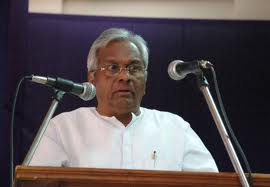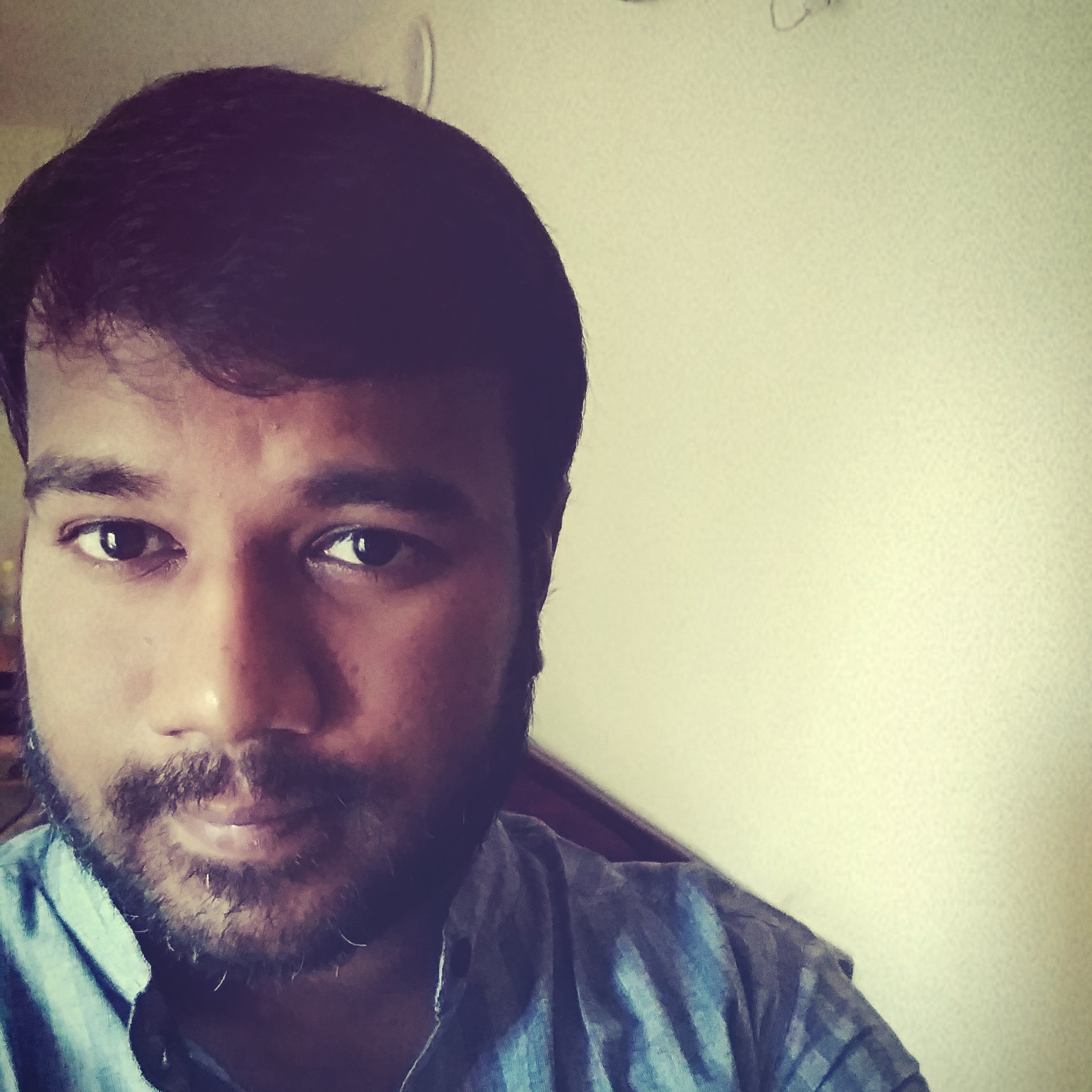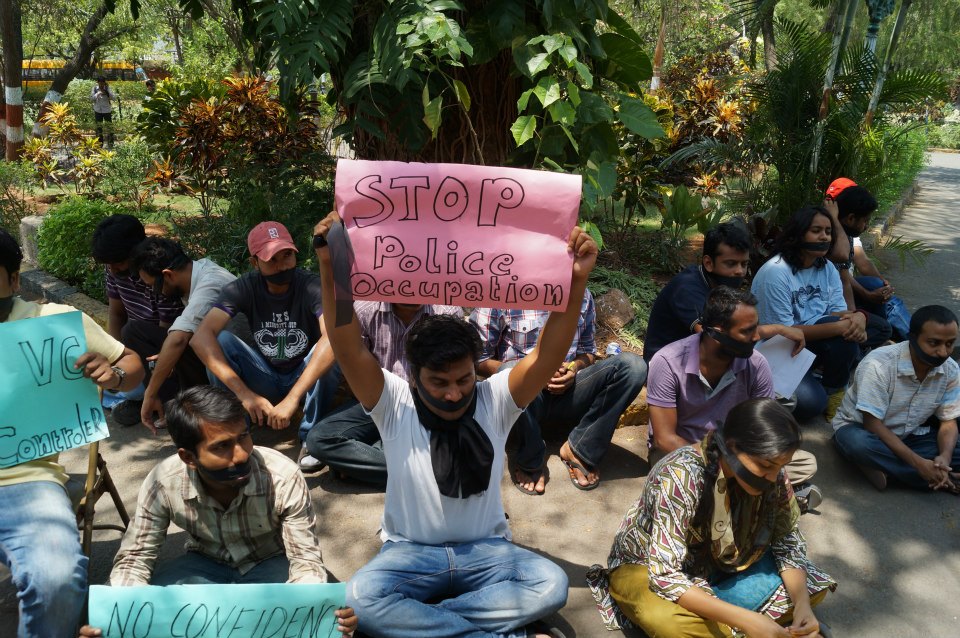(This is the first part of the paper ‘Interpretation of Cultural Identity and Caste Hegemony in Selected Prose Writing of V.T. Rajshekar‘)
Grishma Manikrao Khobragade

Abstract
Dalit-Bahujan-Ambedkarite writers have come to the fore of literary studies and culture studies in the recent years. These writers reveal in their writings various factors that propel actions like caste hegemony, caste discrimination and caste apartheid. Their writings also address themes like self-expression, and search for identity. These writers represent the sentiments and issues of Dalits in India, about 85% of the population in India and many more in other parts of the globe. Indian writers of Dalit ethnicity also form a peculiar majority who articulate experiences of marginalization despite being the ethnic majority in India.
This paper is an attempt to look closely at one prose work of V.T. Rajshekar, Aggression on Indian Culture, to see how the writer mobilizes his language and social analysis to locate the instances of upper caste hegemony and apartheid in the form of untouchability and casteism respectively. Attempts are here made to find out how Rajshekar attacks both upper caste hegemony and caste based discrimination in domains such as society, politics, culture, religion and law. Rajshekar, in this selected prose work which is a collection of his essays, interviews and reflections, tries to show that in Indian context, caste is the common denominator or the base structure on which the super structures like politics, law, religion and social institutions are built. Readers find that Rajshekar is attacking this very base of Indian society to show how the related aspects such as religion, morality, social values and media are lopsided or biased.
The proposed research paper makes an attempt to investigate selected prose writings of V.T.Rajshekar to understand his protest against the Brahminical social order and dominant castes in India. The study also focuses on the link between his prose writing and his continuous negotiation of Dalit identity against the backdrop of cultural, political and economic hegemonies. The basic task of the research is to identify the axes and the locations of cultural identity of Dalit and protest that the writer generates to negotiate the experiences of caste hatred, exploitation, violence and discrimination. The study leads to the interdisciplinary stance.
(Key words: Cultural identity, caste hegemony, caste apartheid, Brahminical Social Order, Dalit ethnicity)
Caste has been a much thought about but least discussed issue in Indian society. Academicians, scholars, social scientists, politicians and lawyers in India have not really given justice to the discourse on caste. This is mainly because of the prevalent view that caste is an uneasy reality of Indian society. Secondly, people refrain from a discourse on caste because of fear of the reaction from the upper castes and lower castes. Hence an articulation of caste and caste based philosophy has been very rare. Further, since caste in India is also closely related to the political practices, many scholars keep away from discussing caste for the fear of political backlash. Surprisingly, university centers which are supposed to promote liberal thinking and debate, keep caste out of their academic agenda. Consequently, there are very few conferences and seminars held in India that discuss caste and the evil effect of caste hegemony though there are ample number of such gatherings which deal with issues such as gender inequality, class consciousness and the issues of linguistic minorities.
 Aggression on Indian Culture, published in 1988, is an investigation into the cultural identity of Dalits. It is a tightly written work in four chapters, composed as a thesis with a clear conclusion in the fourth chapter. The first three chapters deal with the ideas of Dalit culture and they also explain how Dalits are denied cultural identity in India. These chapters also raise the question – is there a pan Indian culture? Rajshekar also considers casteism as a kind of cultural hegemony and thereby gives a cultural interpretation of caste. He also considers the class struggle in India in terms of the culture-war between dominant culture and subordinate culture. Last but not the least, Aggression on Indian Culture also explains how culture becomes a tool in the hands of the ruling class. In effect, Rajshekar provides a Marxist and Ambedkarian interpretation of culture.
Aggression on Indian Culture, published in 1988, is an investigation into the cultural identity of Dalits. It is a tightly written work in four chapters, composed as a thesis with a clear conclusion in the fourth chapter. The first three chapters deal with the ideas of Dalit culture and they also explain how Dalits are denied cultural identity in India. These chapters also raise the question – is there a pan Indian culture? Rajshekar also considers casteism as a kind of cultural hegemony and thereby gives a cultural interpretation of caste. He also considers the class struggle in India in terms of the culture-war between dominant culture and subordinate culture. Last but not the least, Aggression on Indian Culture also explains how culture becomes a tool in the hands of the ruling class. In effect, Rajshekar provides a Marxist and Ambedkarian interpretation of culture.
The book carries a “Foreword” in which Rajshekar tries to define culture by explaining that it is a complex dynamic phenomenon that deals with the past, present and future of a set of people. He gives a broad-based inclusive definition of culture:
Culture then is life itself, it evidently would have to be made up of the different individual components that human existence is made up of: food and clothing, language and other forms of expression, customs and traditions, religion, morality and ethics – indeed life style itself. (1988:4)
Subsequently, he tries to explain how culture is a complex notion in a multicultural society like India. According to him, India has many cultures and many nationalities though it has projected a dominant cultural tradition. He criticizes this dominant cultural tradition by explaining that it does not represent the tribal and other social segments. He argues:
The dominance or otherwise is only dictated by the ruling class culture, which since the last 3,000 years or so happens to be the Aryan culture. The highly advanced pre-Dravidian and Dravidian cultures were driven into the hills and forests-the last surviving examples of them being the tribals of India. (1988:5)
Rajshekar is of the opinion that a vibrant cultural face of India can also be seen in the rural Dalit villages though it is not often represented in mass media and literature. He reminds the readers that there is a significant Dalit culture which is outside the national mainstream culture that does not get represented. He points out:
The mahua, the baul, the spirit worship, the cutting of tender chicken at Mariamma’s feet and countless such events – a veritable celebration of life – keep the real culture very much alive. But the problem is despite the fact that these original inhabitants are over 85% of India’s population, their “culture” is not noticed in the mass media. Because media does not belong to slaves who have no right to claim any culture which only the rulers can possess. (1988:5)
Rajshekar considers the Aryan culture as the dominant culture of India which tries to assimilate and Hinduize other cultures. He considers this form of cultural hegemony very predatory. He mentions that Indian culture has to be understood beyond the culture of the upper caste to understand the culture of suffering, the culture of casteism, the culture of being betrayed and the culture of Untouchability.
The first chapter of the book examines the cultural paradigms embedded in Hinduism to show how Hinduism creates a false polarity of ‘pure’ and ‘impure’ in aesthetics and poetics. Rajshekar indicates that those who control this dominant culture will not even make 15% of the total population. He also cautions the readers about the hegemony of language in culture. For instance, he reminds that the people who know English in India are less than 2% and over 50% of the populations are below the poverty line. He indicates that 50% of SC (Dalits) are agricultural labourers and many others work as rickshaw pullers, head load workers, construction labourers, and bidi workers. Rajshekar is of the opinion that the life and the sensibility of these Dalits subjects are not reflected in the cultural texts produced in India.
 To illustrate this argument, he gives an analysis of the newspaper reading population in India. He indicates, with the help of statistics, that only 2.5 crore people read newspapers regularly in India. This indicates that the newspaper reading population is only 2.5%. Subsequently, he argues that this 2.5% of population take over the cultural expressions of India and hence, they represent Indian culture only in terms of industrialists, journalists, professionals, bureaucrats, judiciary, films, entertainment and sportsmen, traders, bankers, educationists, religious and trade union leaders, scientists etc. This shows that life, art and customs of the Scheduled Castes and Tribals and Backward Castes are rarely reflected in the dominant culture.
To illustrate this argument, he gives an analysis of the newspaper reading population in India. He indicates, with the help of statistics, that only 2.5 crore people read newspapers regularly in India. This indicates that the newspaper reading population is only 2.5%. Subsequently, he argues that this 2.5% of population take over the cultural expressions of India and hence, they represent Indian culture only in terms of industrialists, journalists, professionals, bureaucrats, judiciary, films, entertainment and sportsmen, traders, bankers, educationists, religious and trade union leaders, scientists etc. This shows that life, art and customs of the Scheduled Castes and Tribals and Backward Castes are rarely reflected in the dominant culture.
Rajshekar feels that culture is often the essence of human life and by controlling culture it is possible to preserve certain privileges of the upper caste. He comments:
Culture constitutes ideas, values, and ethics. This is the basis of every religion. Life and preservation of life constitute the essence of religion. So from this angle, we will examine the cultural and philosophical tradition of “Hinduism” or Brahminism. (1988:9)
Rajshekar clearly states that Hinduism, as a religious practice, does not recognize the values of democracy. Its caste hierarchy has kept 70% of the population in illiteracy and poverty. Under these circumstances it is very difficult to imagine Dalits and the oppressed to have their culture. Rajshekar also gives evidence for the upper caste political conspiracy. He points out that Jagjivan Ram was denied Prime Minister ship because he was an untouchable. In a land where people are denied their human rights, the only culture that would be visible is that of aggression.
Rajshekar also considers whether Hinduism recognizes the three basic premises of democracy – equality, liberty and fraternity. He tries to prove that the dominant religion in India, Hinduism, has stopped practicing these values of democracy and it has created a cultural rift between the caste Hindus and the untouchables. He explains that the caste exists in India in terms of the cultural divide:
Untouchables a dirty lot, tribals troublesome. Only the upper caste are cultured, merited and fit to rule. An upper caste person may say this situation no longer exists in today’s India. This is a false statement. Kashmir is the standing example of a daily bloodbath. (1988:12)
According to Rajshekar the only visible cultural expression in India is that of conflict. He argues that India is a land of religious war, linguistic war and caste war. He evokes the myth of Parashuram who had killed everyone and had thrown his axe into the Arabian Sea. He indicates, this story is the foundation of Brahmin-kshatriya conflict which never ended in independent India.
Rajshekar attacks the cultural propaganda of Hinduism and indicates that in contemporary India there are no sufficient cultural forms through which ordinary human experience can be articulated .He says, “The Brahmins, the chief salesmen of this religion, have divided all human experience such as time, space, things, and people into pure and impure.”
Subsequently, Rajshekar exposes the hegemony embedded within the polarity of the pure and impure. He indicates how the concept of time which is one of the tangible ways of understanding one’s experience, is divided into good time and bad time and how this Brahminical division of time is imposed upon God fearing masses:
Time is divided into pure and impure. A new Prime Minister is sworn in only after a Brahmin priest fixes an “auspicious” time. During the rahu kala nothing should be performed. India became independent at the stroke of midnight (Aug, 14, 1947) because the Brahmin priests found no other “auspicious time” for such a historic event. Tamil Nadu Chief Minister M. G. Ramachandran’s plane’s arrival (he was returning from a treatment in USA) in Madras was delayed (1987) by 15 minutes to avoid the Rahu kala. (1988:13-14).
Rajshekar points out similarly how the same Brahminical binaries divide space, objects and even people into two categories. For instances, the spatial dimension of the development of a city or town into pure areas and the cheri, the dirty slum where the Untouchables live, is a clear case of determining one’s living experience in terms of pure space and impure space. Similarly, he points out how food habits and even colours are divided into pure and impure in Indian culture to privilege the Brahmins. For Instance, he points out how vegetarianism is popularized as something pure and meat eating as something impure. He also reminds that this division is not just confined to things and time, but extends into a classification of human beings.
Myths, stories and puranas have established the belief that a Brahmin is sacred and holy so he alone can be in the sanctum of a temple. Many temples in India still deny entry to Dalits and non-Hindus. He points out how Jagjivan Ram was not allowed to unveil the statue of Sampurnananda because he was a Dalit and was considered impure. He reminds the readers that culture of Hinduism with its religious practices, myths and puranas are obsessed with the binary of purity and pollution. To expose this hypocritical classification, he reminds the readers that the Ganga, the purifier has dead bodies floating in it.
Rajshekar indicates that Hinduism has taken over the control of cultural production in India and thus, in a way, has given Hinduism control over politics and the economy too. He explains the relationship between cultural production and power relations:
This division of things into “pure” and “impure” gives enormous power to those who divide. Who can divide things into pure and impure? Only the Brahmin so he becomes the most sacred and hence the most powerful. (1988:14)
To be continued.
~~~
Grishma Manikrao Khobragade is Assistant Professor, Dept of English, Birla College, Kalyan. email: khobragade-dot-grishma-at-yahoo-dot-com
[Images courtesy: the internet]









